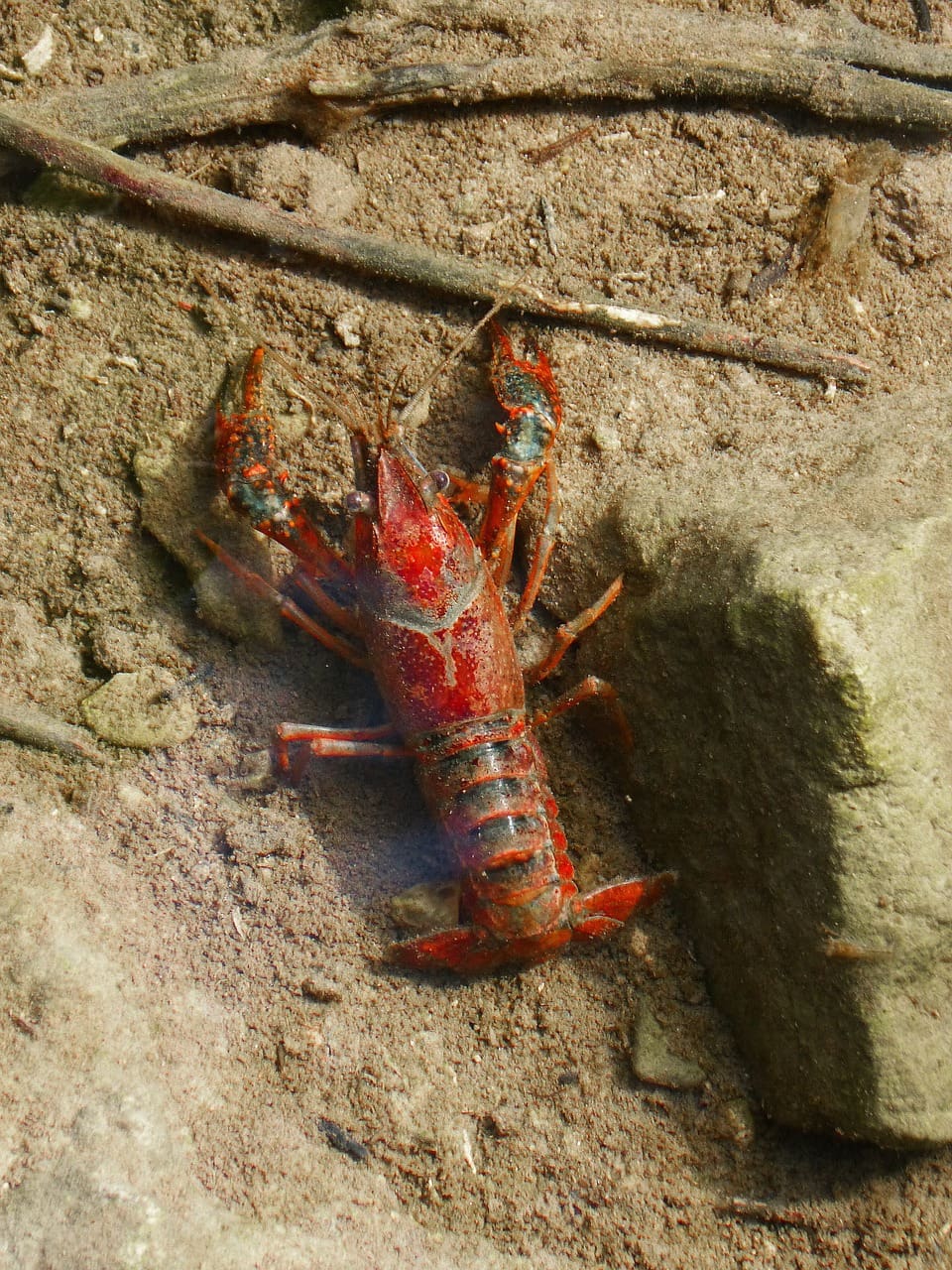Welcome to “The Ultimate Guide to Controlling Alligator Weed,” where you’ll discover everything you need to know to manage this invasive species effectively. As you delve into this comprehensive guide, you’ll learn about the characteristics of alligator weed, why it’s a problem, and practical methods for controlling its spread. Whether you’re a seasoned gardener or a novice land steward, this guide equips you with the knowledge and tools to tackle alligator weed, ensuring your land remains healthy and thriving. Dive in and take control of your environment today!
The Ultimate Guide to Controlling Alligator Weed
Have you ever found yourself struggling to control alligator weed in your garden or waterway?
You’re not alone! Alligator weed can be a persistent and invasive plant that wreaks havoc on ecosystems. But don’t worry; this guide is here to help you learn everything you need to know about controlling this troublesome species. With the right knowledge and tools, you’ll be able to manage alligator weed effectively and keep your garden or waterway in the best possible shape.

What is Alligator Weed?
Alligator weed (Alternanthera philoxeroides) is a fast-growing, highly invasive plant native to South America. It primarily thrives in aquatic environments, but it can also grow on land. This intrusive species forms dense mats over the water surface or along the ground, blocking sunlight and displacing native plants. Its presence can disrupt ecosystems, damage agriculture, and hinder recreational activities.
Why is Alligator Weed a Problem?
The problems caused by alligator weed are multifaceted. Here are a few reasons why controlling it is essential:
- Environmental Impact: It outcompetes native plants, leading to a loss of biodiversity.
- Agricultural Damage: It can clog irrigation systems and invade crop lands, making it difficult for farmers to manage their fields.
- Recreational Impacts: Thick mats can interfere with boating, fishing, and swimming in lakes and rivers.
- Hydrological Issues: It can block water flow, causing flooding and other water management problems.
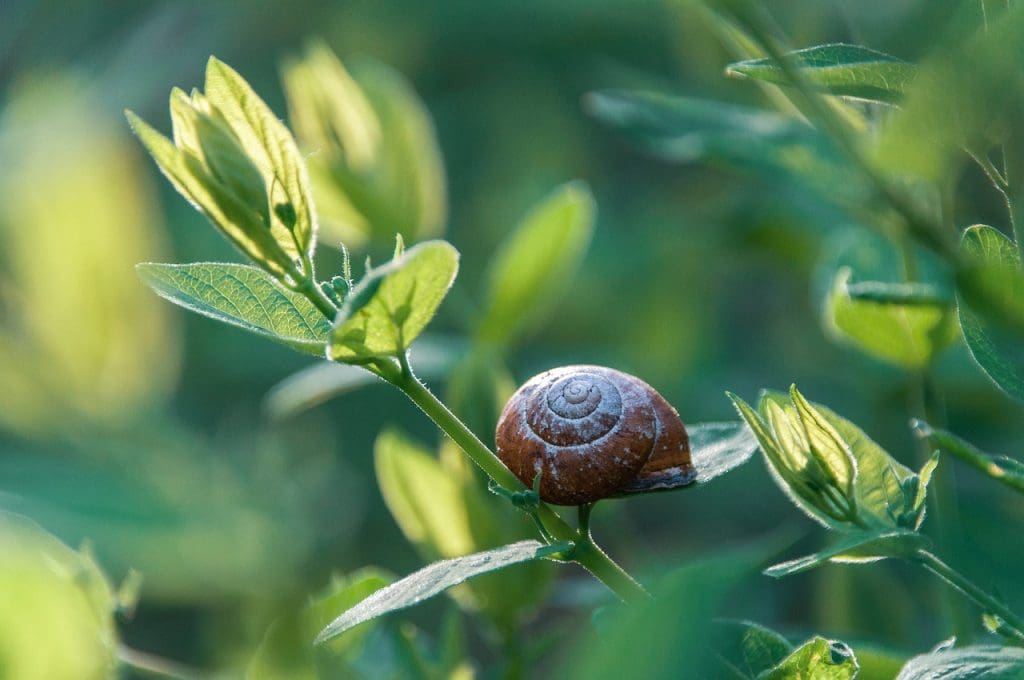
Identifying Alligator Weed
Proper identification is the first step in controlling this invasive plant. Below are some key features to help you recognize alligator weed:
| Feature | Description |
|---|---|
| Leaves | Simple, opposite, and lance-shaped; glossy and dark green in color |
| Stems | Hollow, jointed stems that can grow up to 3 feet long |
| Flowers | Small, white, and clustered in dense, globe-shaped heads |
| Roots | Spreading rhizomes that facilitate rapid growth |
Common Lookalikes
Alligator weed can sometimes be confused with other plants. Here are a few to watch out for:
- Smartweed (Persicaria spp.): Also has lance-shaped leaves but generally has darker stems.
- Waterhyssop (Bacopa monnieri): Has small, succulent leaves and white flowers but lacks the extensive root system.
Best Practices for Controlling Alligator Weed
Controlling alligator weed is not a one-size-fits-all solution. Here are some strategies you can utilize to manage this invasive species:
Mechanical Control
Mechanical control involves physically removing the plant from the affected area. Here are some methods:
- Hand Pulling: Effective for small infestations, especially in garden settings. Ensure you remove all root fragments.
- Mowing and Cutting: Useful for land-based infestations. Consistent mowing can prevent regrowth, but you’ll need to persistently mow over several seasons.
- Harvesting Machines: In large water bodies, mechanical harvesters can be used to remove aquatic mats.
Chemical Control
Chemical herbicides can be very effective but should be used with caution to avoid harming native plants. Consult with a local expert for the best options for your situation. Here are some commonly used herbicides:
| Herbicide | Method of Application | Cautions |
|---|---|---|
| Glyphosate | Foliar spray | Avoid contact with non-target plants |
| 2,4-D | Foliar spray | May require multiple applications |
Biological Control
Biological control involves the use of natural enemies to reduce alligator weed populations. Effective biological agents include:
- Alligator Weed Flea Beetle (Agasicles hygrophila): Feeds on leaves and stems, causing significant damage.
- Alligator Weed Stem Borer (Arcola malloi): Larvae bore into stems, reducing the plant’s vigor and spread.
Integrated Pest Management (IPM)
Combining multiple control methods often yields the best results. Integrated Pest Management (IPM) focuses on using a variety of approaches. For example, you might use hand removal in conjunction with herbicides and biological agents to maximize effectiveness.
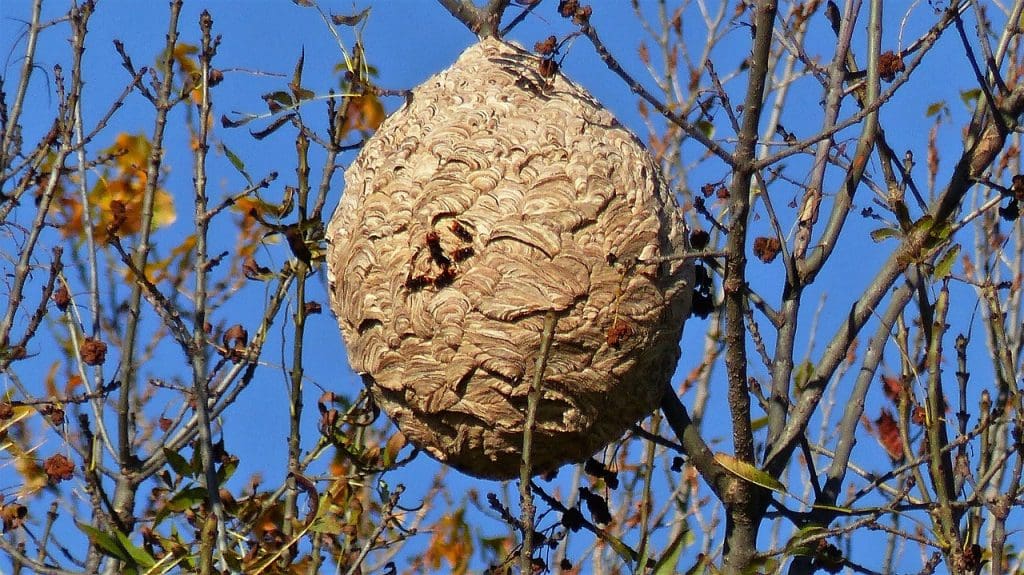
Monitoring and Follow-Up
Effective control requires ongoing monitoring and management. Here are the steps to ensure the alligator weed does not return:
Regular Inspections
Consistently inspect the infested area to spot any regrowth. Look for the telltale signs and act quickly if you notice new plants appearing.
Record-Keeping
Keep a log of your control efforts, including the type of methods used, dates, and results. This will help you understand what’s working and allow you to adjust your strategy as needed.
Long-Term Management
Long-term management involves continued vigilance and, if possible, the restoration of native plants to outcompete alligator weed. Consider planting native species to reclaim the area and provide a natural barrier against re-infestation.
Legal Considerations
In some regions, alligator weed is classified as a noxious weed, and controlling it might be required by law. Familiarize yourself with local regulations and guidelines to ensure you are compliant.
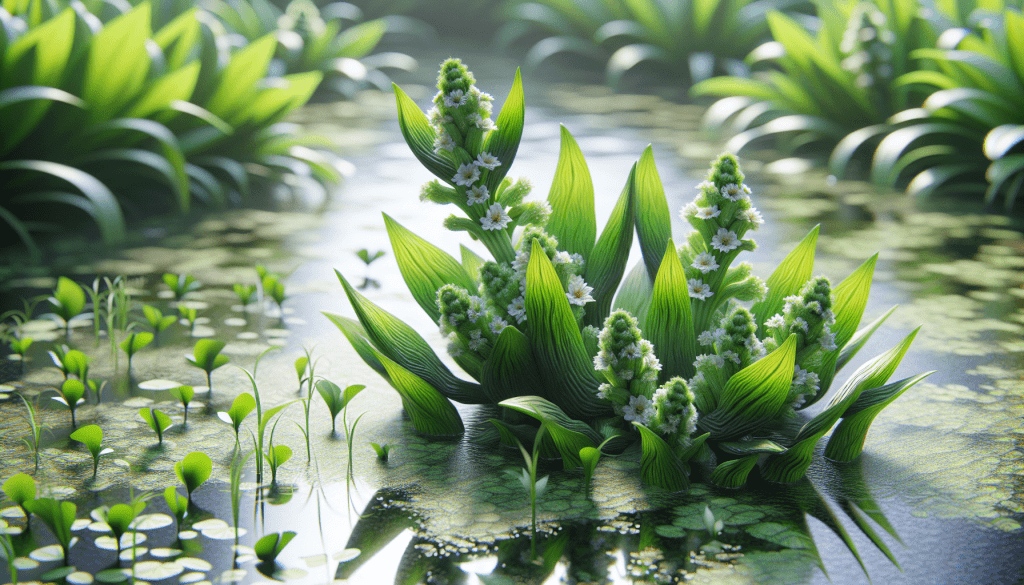
Preventing Spread
Prevention is always better than cure. Here are some tips to prevent the spread of alligator weed:
- Clean Equipment: Always clean boats, machinery, and clothing after working in or around infested areas.
- Educate Others: Inform your neighbors, friends, and community about the risks and symptoms of alligator weed.
- Monitor New Areas: Regularly check nearby water bodies and land for new infestations.
Case Studies
Successful Management in Agricultural Fields
In the lowlands of North Carolina, farmers faced significant crop losses due to alligator weed infestations. By implementing an IPM strategy that combined chemical and mechanical control methods, along with the introduction of the alligator weed flea beetle, the farmers were able to reduce weed coverage by over 80% within two seasons.
Effective Aquatic Control
In the waterways of Alabama, alligator weed was choking up irrigation channels. The use of mechanical harvesters, combined with periodic herbicide applications, significantly reduced the infestation. After two years of consistent effort, water flow was restored and the channels were kept clear with minimal re-infestation.
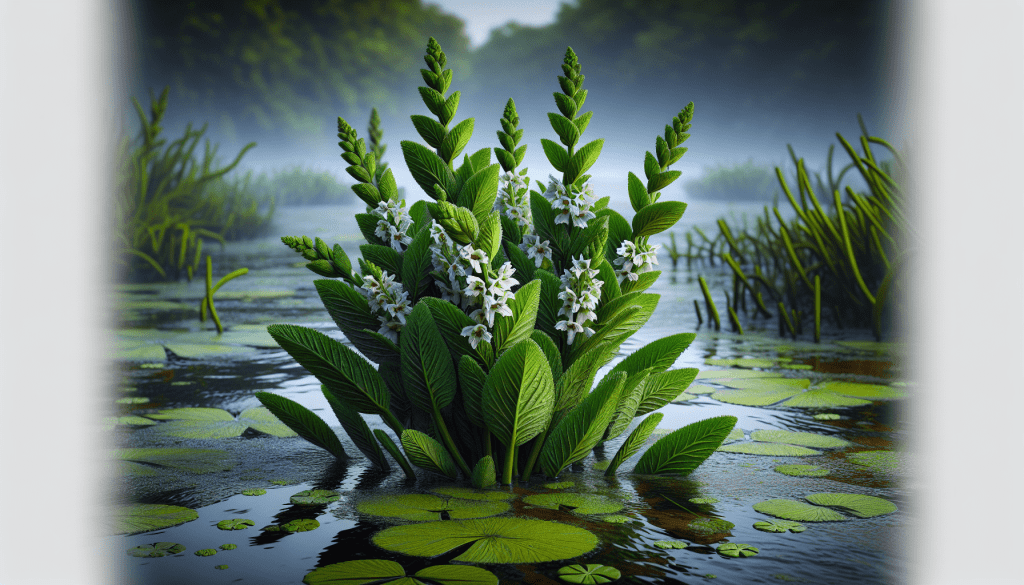
Tools and Resources
Here are some tools and resources to help you in your battle against alligator weed:
| Resource | Description |
|---|---|
| Local Extension Office | Expert advice on local control methods |
| Herbicide Guides | Information on safe and effective use of herbicides |
| Biological Control Suppliers | Access to biological agents like flea beetles |
| Management Plans | Templates and guides for developing your own strategy |
Online Communities
Joining an online community can provide you with additional support and insights. Check out forums and social media groups where you can share experiences and get advice from fellow gardeners and land managers.
Conclusion
Controlling alligator weed is indeed a challenging task, but it is by no means impossible. With the right strategies and ongoing commitment, you can reclaim your garden, waterway, or agricultural field from this invasive plant. Remember to stay vigilant, use multiple control methods, and seek expert advice when needed.
Taking immediate action and being persistent will make a world of difference. Good luck, and happy gardening!
That’s a pretty comprehensive guide! With the knowledge and tips mentioned here, you should be well on your way to successfully managing and controlling alligator weed. If you have any questions or need more specific advice, feel free to reach out.
